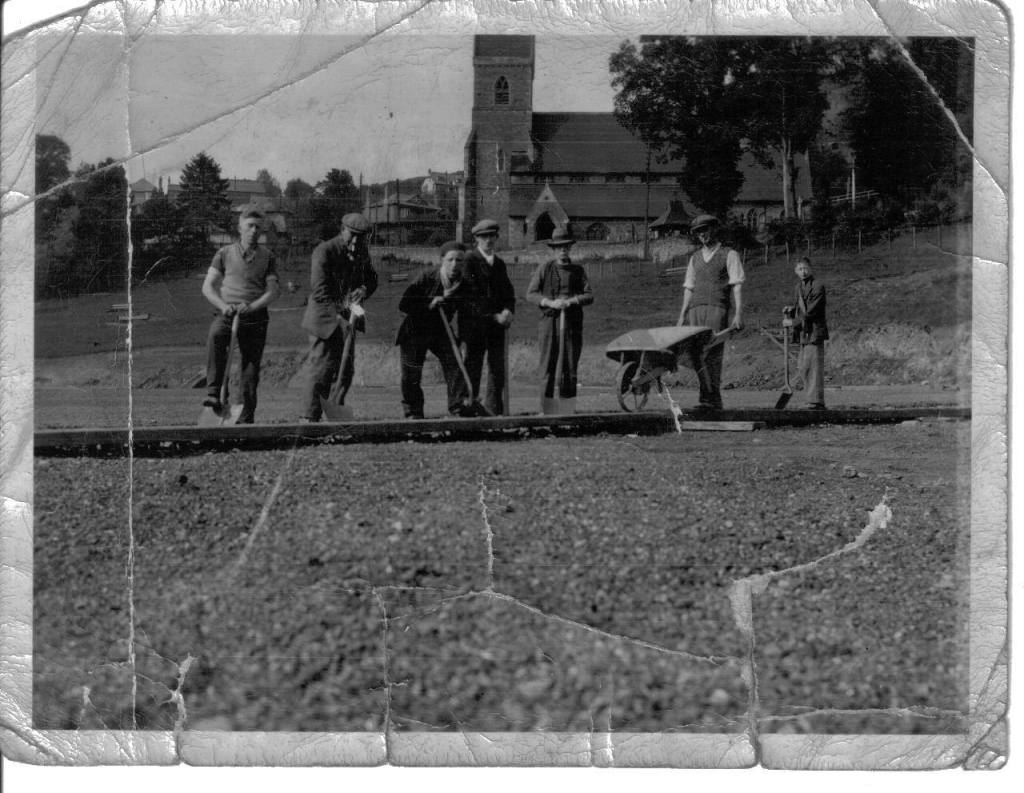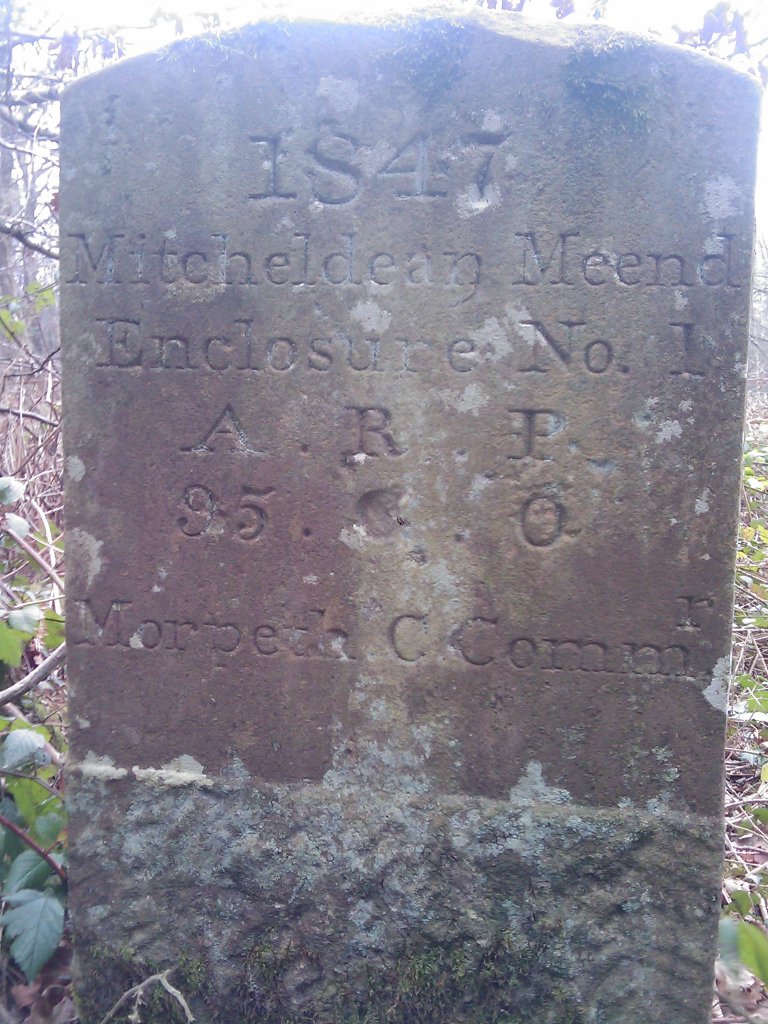Dean Hall is one of the oldest houses west of the River Severn; there is ample evidence of Roman occupation there, and its name is derived from the Dene family, who were Lords of Dene from 1080 until 1319.
It is the most haunted house in the most haunted village in the Forest and it boasts the only poltergeist of the area. Often, if white flowers are arranged in the dining room they will be flung to the floor, or scattered on the stairs.
For 250 years the Pyrke family owned the Hall. Over the fireplace in the dining room is a reproduction of an earlier portrait which formerly hung there, of Charles Pyrke and his silver-collared black servant, painted when they were both still boys.
In later years, when Charles was twenty three, he was murdered by his servant, who is said to haunt the scene of his crime, both audibly and visibly.
Years ago, after the original portrait was taken down, a country scene was put in its place, which repeatedly fell to the ground. In despair of this it was fastened with a chain, but to no avail; it was found on the floor again, this time with the chain broken.
The text above is from:
“Ghosts of the Forest of Dean”
by Sue Law
publisher: Douglas McLean 1982







